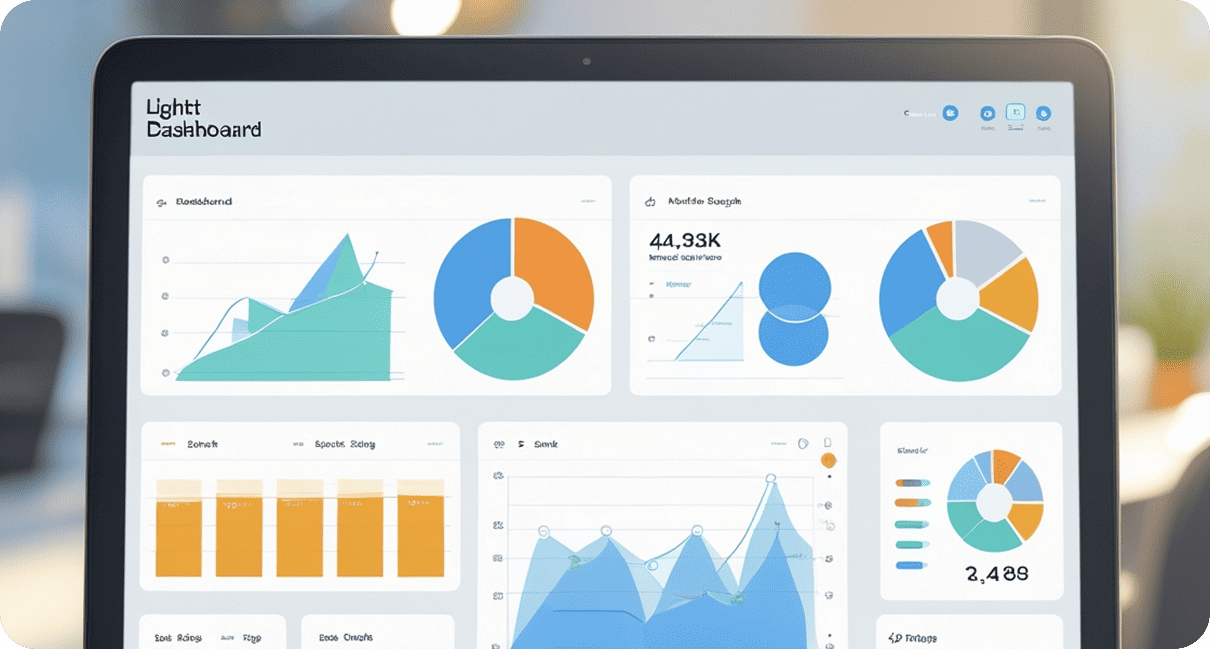From Data Overload to Sales Intelligence: Transforming an Australian Car Retail Chain with Power BI

Project Overview:
An Australian car retail chain struggled with fragmented sales data and limited visibility into customer behaviour, making it difficult to optimize sales strategies and inventory. I developed a fully interactive Power BI dashboard that provided real-time insights into sales performance, customer demographics, and market trends—empowering the sales team to make data-driven decisions with confidence.
Business Context & Approach:
Operating in a competitive automotive market, the client needed a way to connect siloed data, track key sales KPIs, and identify high-value customer segments. Their existing reports were static, time-consuming, and lacked predictive insights.
By focusing on the client's goals, I designed a scalable and intelligent dashboard solution that:
- Unified sales data from CRM, POS, and customer databases for a single source of truth.
- Provided interactive sales analytics with real-time tracking of revenue, customer segments, and trends.
- Enabled proactive decision-making through predictive insights and historical analysis.
Technical Implementation:
- Data Sources: Integrated CRM, POS, and customer demographic data.
- Power Query for Data Cleaning: Addressed inconsistencies, missing values, and data enrichment.
- Advanced DAX Measures: Provided key metrics like sales volume, revenue, and churn rate.
- Interactive Dashboard Design: Included drill-downs, slicers, and custom visualizations for user-friendly navigation.
- Data Security & Compliance: Ensured alignment with Australian data privacy regulations.
Results and Business Impact:
- 360° Sales Visibility: A comprehensive view of sales trends, customer demographics, and high-performing products.
- Targeted Marketing Strategy: Identified high-value customer segments for personalized engagement.
- Optimized Inventory & Promotions: Seasonal trend analysis enabled better stock management and sales planning.
- Time Savings: Automated reporting eliminated manual effort, allowing the sales team to focus on customer relationships.